Alan Greenspan’s term
Alan Greenspan was nominated by President Reagan to be Chairman of the Federal Reserve Board on June 2nd, 1987. He was reappointed by George H Bush, Bill Clinton (twice) and George W Bush, before finally demitting office on January 31st, 2006. His manner was restrained and subdued, and he gave no broadcast interviews. Even when asked how he was, he jocularly remarked that he couldn’t answer that lest it affect the markets. He said that what he’d learned at the Fed was Fed-speak, “the ability to mumble with great incoherence.”
Revered in his day as the man who had saved the world economy several times, history has been more critical of him following the Great Recession of 2007/08 that followed his term. After the stock market crash of 1987, called “Black Friday” in the US, and “Black Monday” in the UK, he announced his intention to provide liquidity to support the economic and financial system. Money and credit became easier and the economy survived and recovered.
Greenspan organized the U.S. bailout of Mexico during the 1994–95 Mexican peso crisis, another event that threatened dire consequences, but was addressed successfully. He was basically a monetarist who eased credit and interest rates when stimulus was thought needed, and tightened them afterwards to stall asset bubbles. Critics have suggested that Greenspan’s “easy money” was a cause of the Dotcom Bubble, and that his several interest rate rises in 2000 were behind its bursting.
Greenspan reacted to the 2001 September 11th attacks, and several subsequent financial scandals, with a series of interest rate cuts that steadied the markets, bringing the Federal Funds rate down to 1% in 2004. Again, he was hailed as a savior, but the easy money was building pressures into the system, leading people to over-extend themselves. His reputation has diminished following the Great Crisis that came soon after his retirement. His series of rises that took interest rates to 5.25% is reckoned to have been a factor in the 2007 subprime mortgage financial crisis.
In retrospective support of more appropriate regulation, he remarked, "It is not that humans have become any more greedy than in generations past. It is that the avenues to express greed had grown so enormously."
Surprisingly he was an Objectivist, a friend and follower of Ayn Rand, who stood beside him in 1974 when he was sworn in as Chairman of the Council of Economic Advisers. He wrote essays in her “Capitalism: The Unknown Ideal” (1966). These included one in favour of the gold standard.
A lesson to be learned from Greenspan’s spell at the Fed is that you cannot smooth the market indefinitely. Gordon Brown claimed to have abolished “boom and bust,” but it snapped back at him. You can pour money into the economy when it stalls, and you can squeeze money out when asset bubbles form in response. The problem is that by doing so you are preventing the economy from correcting itself by temporary downturns that flush out businesses that cannot cope, and allow capital to be redeployed to newer ones that can. The pressures build up so that the economy corrects itself in one big collapse instead of a series on manageable downturns. When you catch a tiger by the tail, it has a habit of turning back on you.
